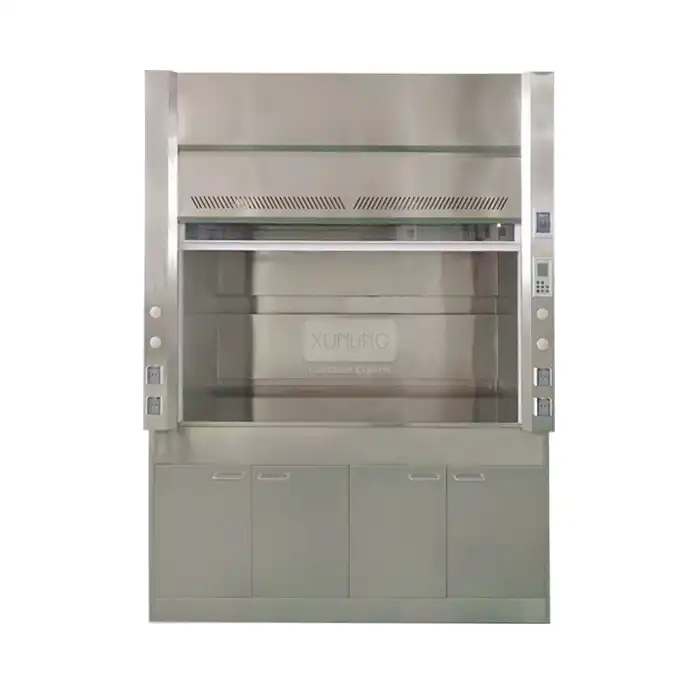
Three types of common workstations in lab
2024-12-04 16:30:24
Fume-hoods draw air out of the rooms they are installed in. There needs to be an adequate volume of air available or the fume-hood will not be able to draw a sufficient volume of air to function properly. Where the room is small or there are a large number of fume-hoods additional supply of air, other than the normal room ventilation, may be required.
This additional air is known as the make-up air. If the make-up air supply is not adequate or the make-up air is switched off then the fume-hoods may not be able to achieve the required face velocity. This can cause fumes to escape in to the laboratory.
There are special Fume Hoods for perchloric acid and radioisotopes. Ensure that the appropriate hood is used for each specific reaction or process involving specific chemicals. There are also different types of hoods to for biological samples.
FUME HOODS
Protect you from fumes you are working with. The fan sucks in the air toward the duct inside of the fume hood towards the outside. This system works only if you bring the hood's door down at least 2/3 of the way. The narrower the opening, the swifter the air.
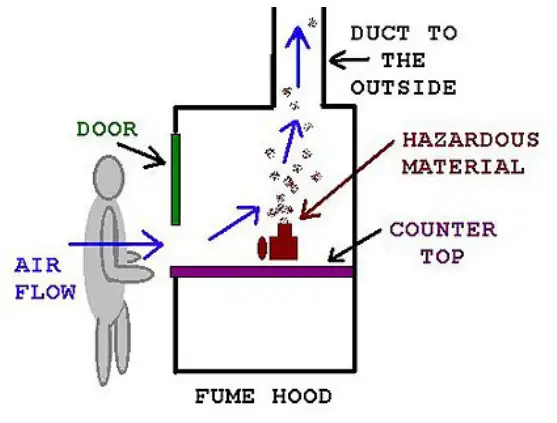
LAMINAR FLOW Cabinets / Clean Bench
Protect your samples from contamination coming from you and the room. The air is blown at you.
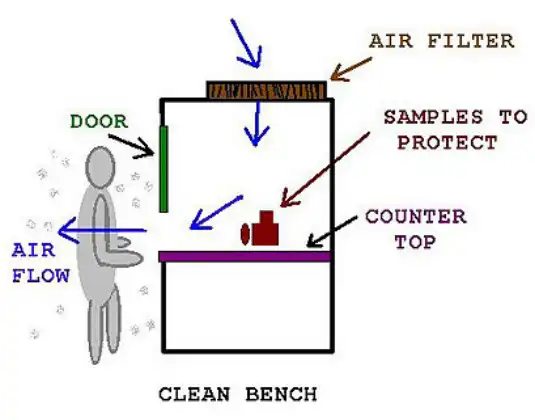
Biological Safety CabinetS type II
Protect you, your samples and your environment from particulate contamination. They are NOT designed for harsh or radiolabelled chemicals. To be used for work with low to moderate risk agents NOT with high-risk pathogens. HEPA (High Efficiency Particulate Air) is the essential component of these cabinets.
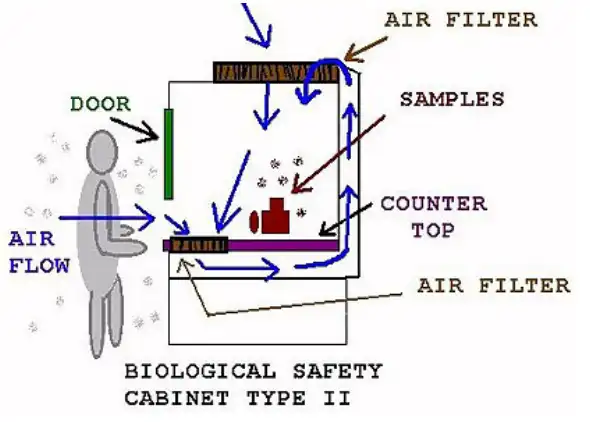
YOU MAY LIKE







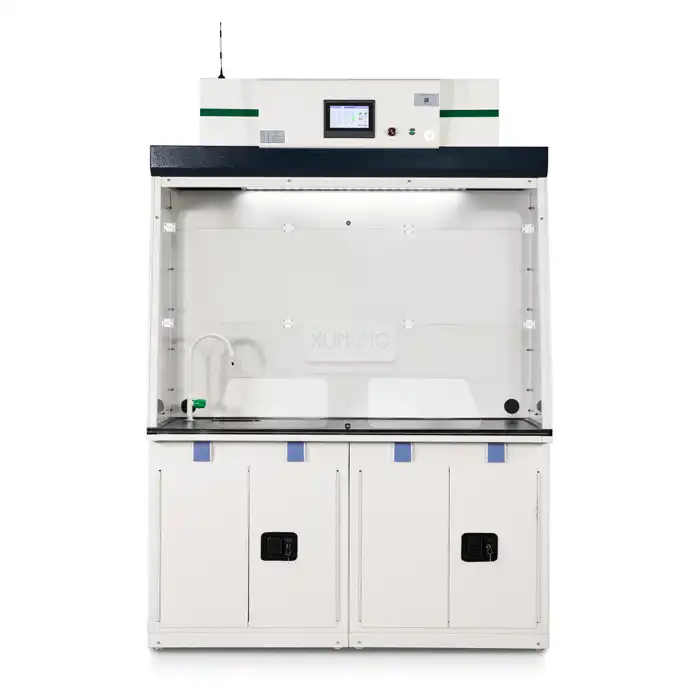
_1743667274497.webp)
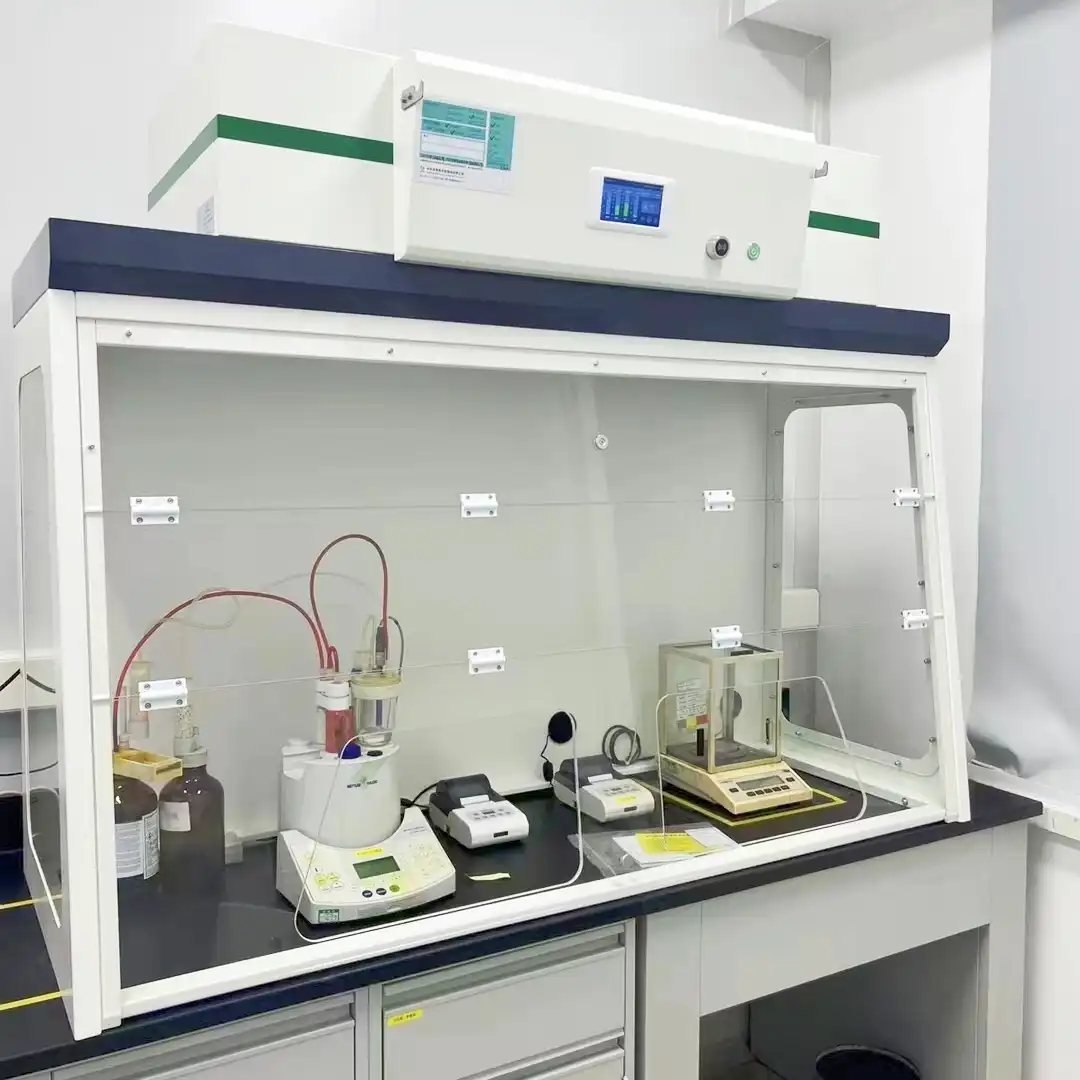
_1741166473547.webp)
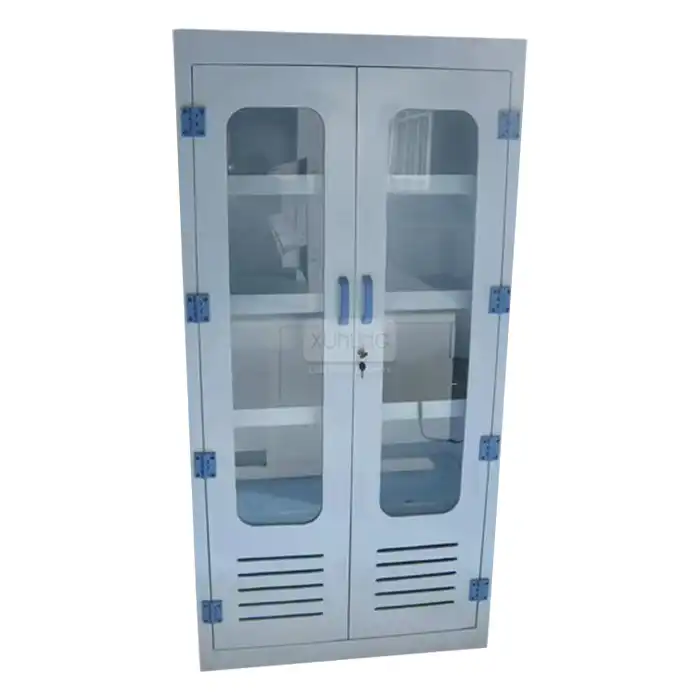
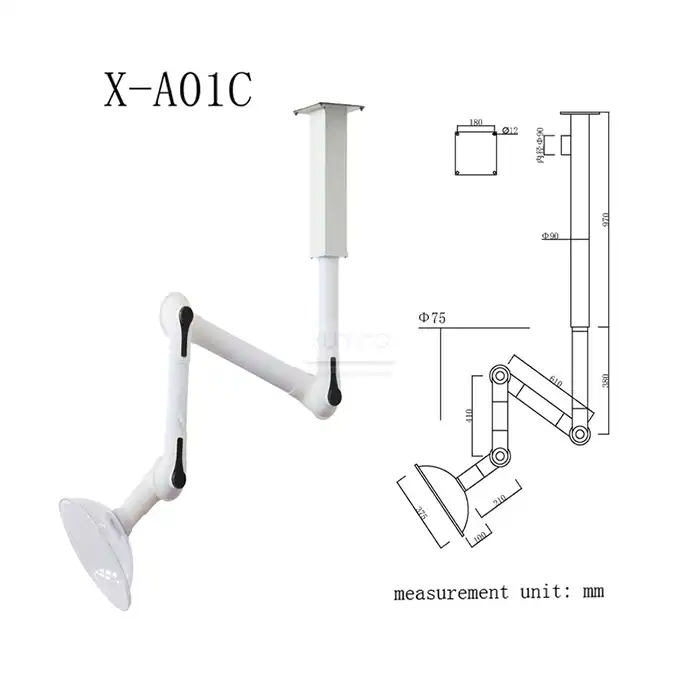
_1735469892197.webp)
